The 4th May 1471 marked a watershed in the civil strife tearing England apart. In fact, it perhaps marked the ending of what could legitimately be called the Wars of the Roses.
Two kings claimed dominion in England. The House of Lancaster’s claimant, King Henry VI, had been restored after a decade of his rival’s rule. King Edward IV, the representative of the House of York, had returned from exile to press his own claim once more. The man primarily responsible for unseating Edward was Richard Neville, Earl of Warwick. He had been slain in the fighting at the Battle of Barnet on 14th April, the Lancastrian forces fatally divided when Edward struck. After reclaiming the capital and placing Henry in the Tower, Edward marched out again on hearing that Henry VI’s queen, Margaret of Anjou, and her son Edward, Prince of Wales had landed on the south coast. The Lancastrian army marched north, seeking out more support. King Edward marched to cut them off.
King Edward mirrored his rival’s movements, cutting them off from their intended course. Margaret was seeking to cross the Severn to join with Jasper Tudor, Earl of Pembroke, who was moving from Wales to support her. Cut off, battle became inescapable until, as the Crowland Chronicler wrote; “When both armies had now become so extremely fatigued with the labour of marching and thirst that they could proceed no further, they joined battle near the town of Tewkesbury.” These were hardly ideal circumstances under which to take the field, but nevertheless, the armies arrayed before each other on the morning of 4th May.
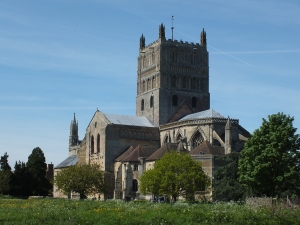
Queen Margaret took the bold decision to allow her only son, heir to the House of Lancaster and last petal of the red rose to take the field at the head of his army. Edward, Prince of Wales was seventeen years old. He was young, certainly not of the age of majority yet, but it was not so unusual. In 1460, Edmund, Earl of Rutland had taken the field at Wakefield with his father Richard, Duke of York at the same age and both father and son had lost their lives that day. This was an all or nothing gamble, perhaps even a last desperate roll of the dice for a queen robbed of a kingdom. It is possible that there were plans for the Prince to take over from his ailing father if Lancaster were victorious. King Edward had built his reputation on martial prowess and won his throne in battle twice over. If Prince Edward was to rival him, he would need to prove that he was more than his father, who had allowed England to slide into this crippling mess.
The Lancastrian army arranged itself just outside Tewkesbury, with the Abbey at their back. The centre was commanded by Lord Wenlock. Prince Edward was also with the centre but lacked command experience. The right wing was led by Edmund Beaufort, 4th Duke of Somerset and the left by John Courtenay, 15th Earl of Devon. Their force numbered around 6,000 men in total.
King Edward’s Yorkist army numbered around 5,000 and so was slightly smaller than his opponents force. The vanguard was led by Edward’s youngest brother, Richard Duke of Gloucester, who had led the right wing at Barnet and acquitted himself well. Edward held the centre along with his other brother George, Duke of Clarence, who had defected back from the Lancastrian cause. Edward’s closest friend William, Lord Hastings led the rearguard.
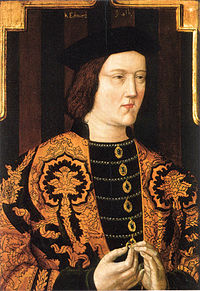
The Arrivall Of Edward IV, a contemporary but necessarily partisan account written by an anonymous member of King Edward’s party, tells that the Lancastrians chose the area of the battle to make it as awkward as possible, describing how they arrayed themselves “in a close even at the townes ende; the towne, and the abbey, at theyr backs; afore them, and upon every hand of them, fowle lanes, and depe dikes, and many hedges, with hylls, and valleys, a ryght evill place to approche, as cowlde well have bene devysed.”
The battle was fierce, and apparently a close run affair. Somerset charged the Yorkists, possibly to escape the artillery and archery bombardments. His attack failed and his men were routed. The Arrivall records that the pursuit of Somerset’s men was left to Gloucester, whilst “the Kynge coragiously set upon that othar felde, were was chefe Edward, called Prince, and, in short while, put hym to discomfiture and flyght; and so fell in the chase of them that many of them were slayne, and, namely at a mylene, in the medowe fast by the town, were many drownyd; many rann towards the towne; many to the churche; to the abbey; and els where; as they best myght.”
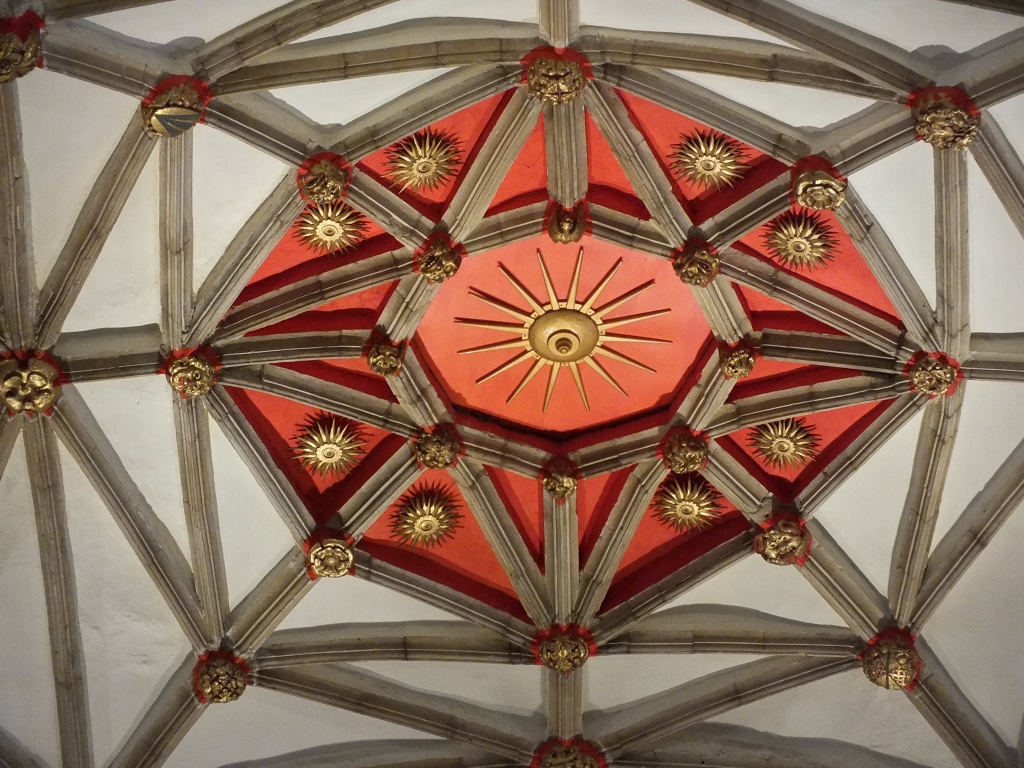
The Crowland Chronicle records that “After the result had long remained doubtful, king Edward at last gained a glorious victory.” Somerset and many of his men took sanctuary in the Abbey. Many Lancastrians were killed trying to flee the field. Shortly after the battle, King Edward attended prayers at the Abbey and two days later he had Somerset and the others ensconced within the Abbey removed and tried before Richard, Duke of Gloucester (who was Constable of England). On the 6th May, they were beheaded on a makeshift scaffold in the town. King Edward spared the men any further mutilation, such as the quartering traditional for traitors, and allowed the bodies to be buried. Edward, Prince of Wales was amongst the fallen and is buried within the Abbey beneath a Latin inscription that reads;
“Here lies Edward, Prince of Wales, cruelly slain whilst but a youth, Anno Domine 1471, May fourth. Alas the savagery of men. Thou art the soul light of thy Mother, and the last hope of thy race.”
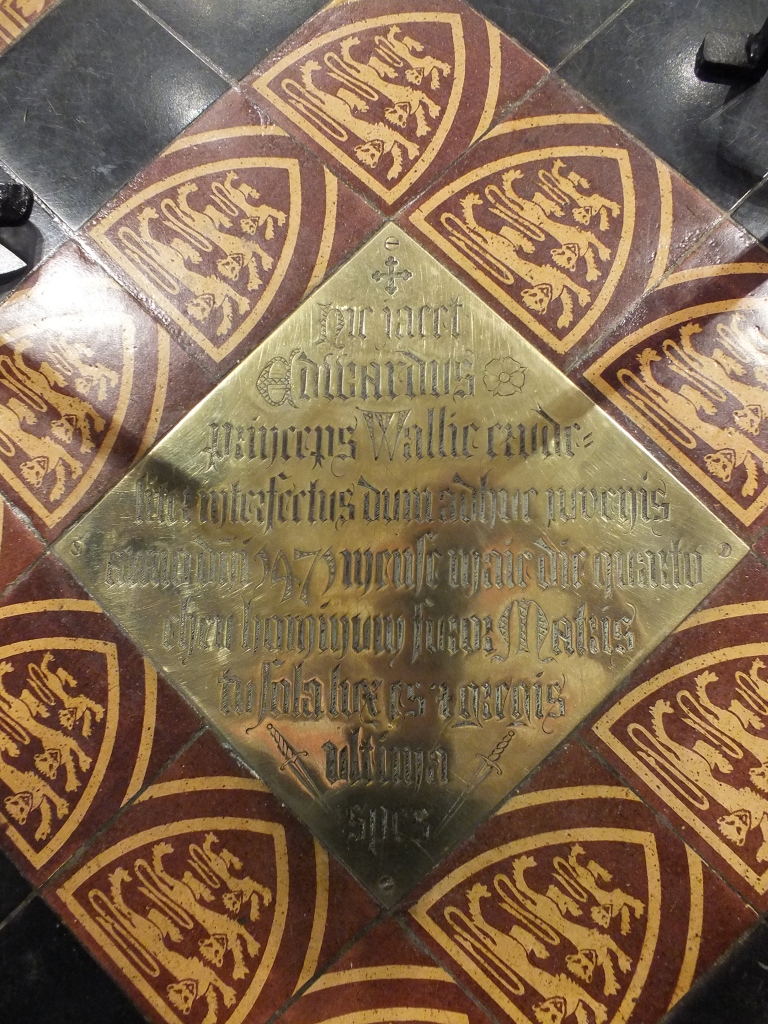
Some estimates number the Lancastrian dead that day at around 2,000 souls. The Sacristy door in Tewkesbury Abbey is covered on the back by pieces of horse armour recovered from the battlefield by the monks and it bares the scares of arrow holes puncturing the plates. It is a beautiful but stark reminder of the losses suffered during the battle.
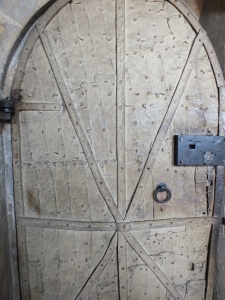
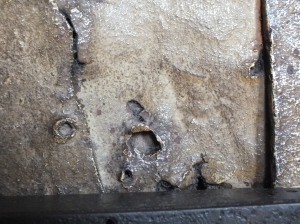
The fate of Edward, Prince of Wales has become a matter of controversy. Shakespeare has Richard as Duke of Gloucester plotting the murder of the 17 year old prince and revelling in the death. Holinshed’s ‘Chronicle’, which was first published in 1577, claims that Richard struck the first blow against Edward. Before that, Polydore Vergil, Henry VII’s official historian, wrote in his ‘Anglica Historia’ that William, Lord Hastings, George, Duke of Clarence and Richard, Duke of Gloucester killed the young man after the trio had captured him. The most contemporary sources are the Yorkist account of ‘The Arrivall of Edward IV’ which has Edward “slayne in the field” and the Lancastrian Warkworth’s ‘Chronicle’ which has Prince Edward captured by his brother in law George, Duke of Clarence whilst fleeing the field after the battle was lost. Warkworth describes Prince Edward crying to the Duke of Clarence, his brother in law by virtue of their marriages to the daughters of the Earl of Warwick, for mercy. Clarence, until only recently allied to the cause of Edward and his mother, Margaret of Anjou, refuses to listen to the Prince’s pleading and has him executed on a makeshift block in the field.
The closest that we have to an impartial contemporary source is the ‘Crowland Chronicle’, the author (or authors, as it is a continuation chronicle written by several different individuals) of which is unknown. The writer is generally considered to be a well informed, politically active and astute person, perhaps working within the court. On the subject of Tewkesbury and Prince Edward’s death, the Chronicle walks something of a middle line, remaining uncommitted in telling us “…there were slain on the queen’s side, either in the field or after the battle, by the avenging hands of certain persons, prince Edward, the only son of king Henry…”. The Crowland Chronicler then lists other notable names slain but does not assign the death to any person or persons.
The Arrivall’s recording of Richard chasing Somerset’s routed wing whilst King Edward ploughed into the centre, where Prince Edward was located, seems to suggest that Richard is not a likely candidate for personally slaying the Prince. Doubtless his culpability was cultivated to add to the dark reputation being woven about him. It is easy to see the story develop from The Arrivall to Shakespeare so that Richard is first implicated and then condemned for the murder of the young Prince. Clarence seems a possible candidate. He was in the centre with King Edward and perhaps had a grudge against the Lancastrians, feeling aggrieved by their treatment of him and having something to prove to his brother, whose side he had only just rejoined.
Queen Margaret was arrested nearby, heartbroken by the loss of her only son. She was taken back to London with King Edward where her husband was put to death. The Lancastrian cause was lost, the house extinct in the male line. By this measure, Tewkesbury marked the end of hostility between the Houses of York and Lancaster. The House of York was to implode over a decade later and be supplanted by Henry Tudor, who garnered support from both Lancastrians and Yorkists whilst being the heir to neither claim. The House of York was to continue to hound the Tudors into the next century.
Civil war ground on, but after Tewkesbury, it was not a fight between York and Lancaster any longer.
The Wars of the Roses may well have ended outside Tewkesbury Abbey, where the last petal of the red rose fell.
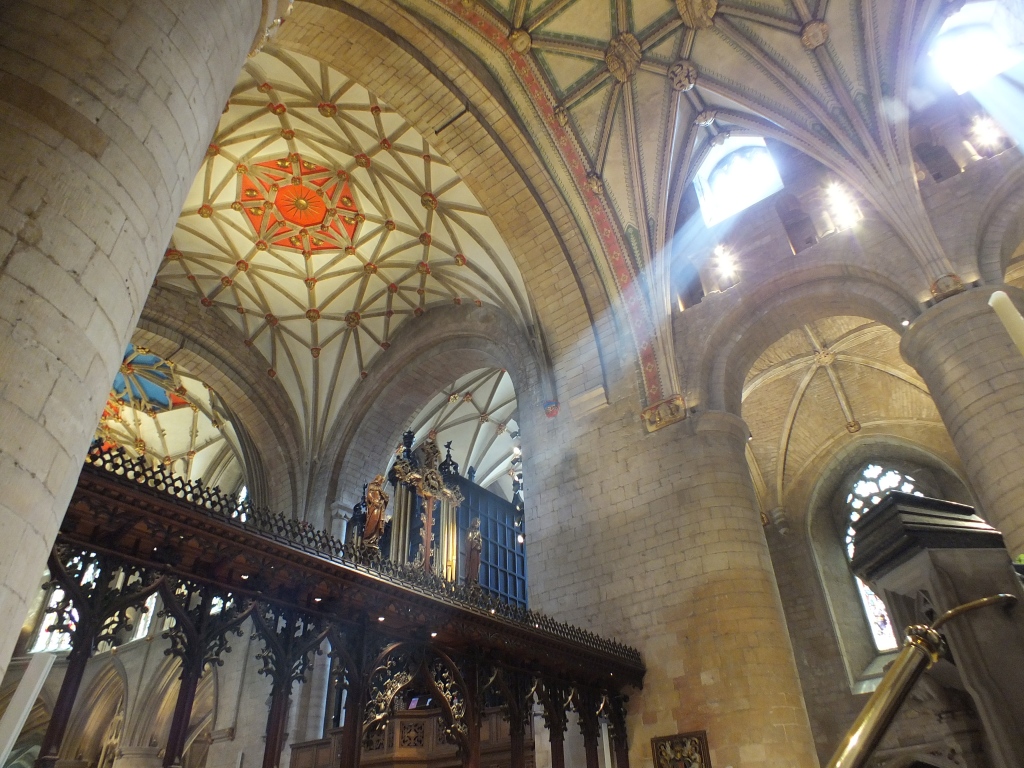
Matthew Lewis is the author of a brief biography of Richard III, A Glimpse of King Richard III along with a brief overview of the Wars of the Roses, A Glimpse of the Wars of the Roses.
Matt’s has two novels available too; Loyalty, the story of King Richard III’s life, and Honour, which follows Francis, Lord Lovell in the aftermath of Bosworth.
The Richard III Podcast and the Wars of the Roses Podcast can be subscribed to via iTunes or on YouTube
Matt can also be found on Twitter @mattlewisauthor.
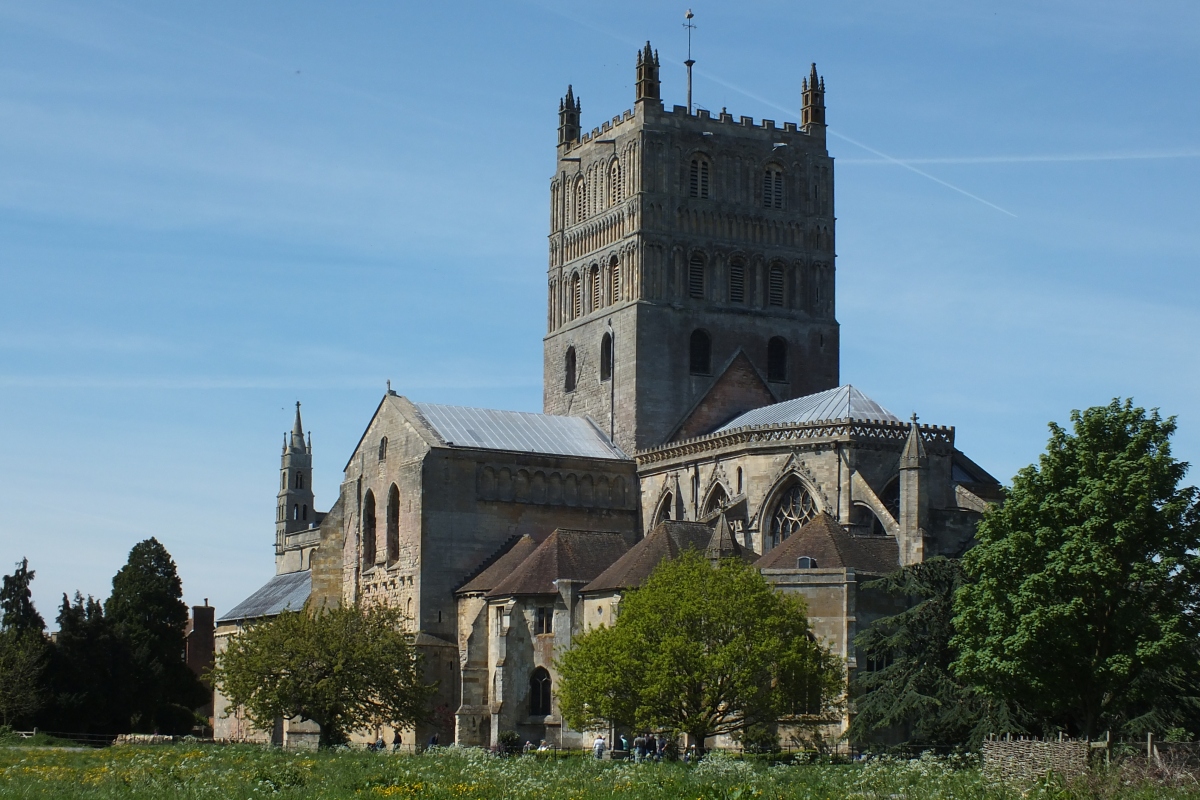
Reblogged this on Wendy J. Dunn.
Warfare is a fascinating subject. Despite the dubious morality of using violence to achieve personal or political aims. It remains that conflict has been used to do just that throughout recorded history.
Your article is very well done, a good read.
Thank you very much.
Reblogged this on Rattiesforeverworldpresscom.